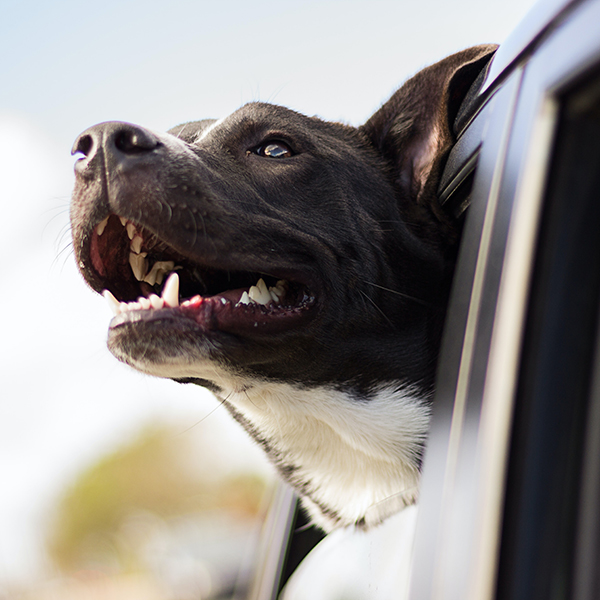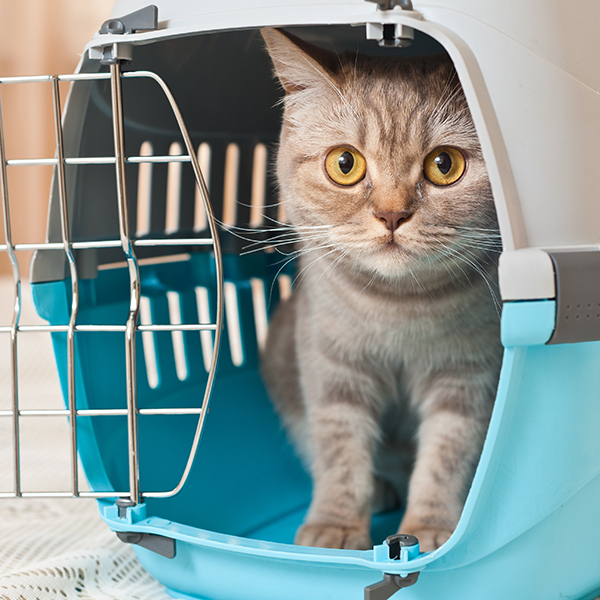Travelling with the family pet isn’t as easy as throwing a leash, a couple of bowls and a big bag of kibble into the trunk. Here’s our checklist for how to be prepared
1. Pack Thoughtfully
If you’re travelling across the Canada-U.S. border by car, bring your pet’s medical records and medication, including a valid rabies vaccination certificate. For the drive, brin ga first aid kit, food, bowls and a familiar pillow or blanket. Dogs will also require a leash and poop bags, while cats need litter, a box and scoop. Toys should be limited to one or two.
2. Have the Proper Identification
Outfit your pet with a flat collar and a tag imprinted with your home address, as well as a temporary travel tag with your cellphone and destination phone number and any other relevant contact information.
3. Protect Your Vehicle
If you frequently hit the road with your pets, it’s worth investing in rubberized floor liners and waterproof seat covers.
4. Build Up to the Big Day
Encourage your pet to spend time in and around the crate before travel day so he or she knows it as a safe spot. Puppies and kittens should be exposed to the car using small experiential steps as part of a training program. Dr. Jonathan Bloom, medical director of the Willowdale Animal Hospital in Toronto, suggests playing with your puppy in the back seat of a parked car. After a few successful stress-free sessions, do the same with the car engine running. Work up to taking a drive around the block. Increase the distance until everyone is comfortable being in the car.
Don’t feed your pet in a moving vehicle-except for treats, which can be used for positive reinforcement. Stop frequently for washroom breaks. Bring lots of water and pour some into a bowl whenever you stop, keeping pets leashed at all times outside of the vehicle.


